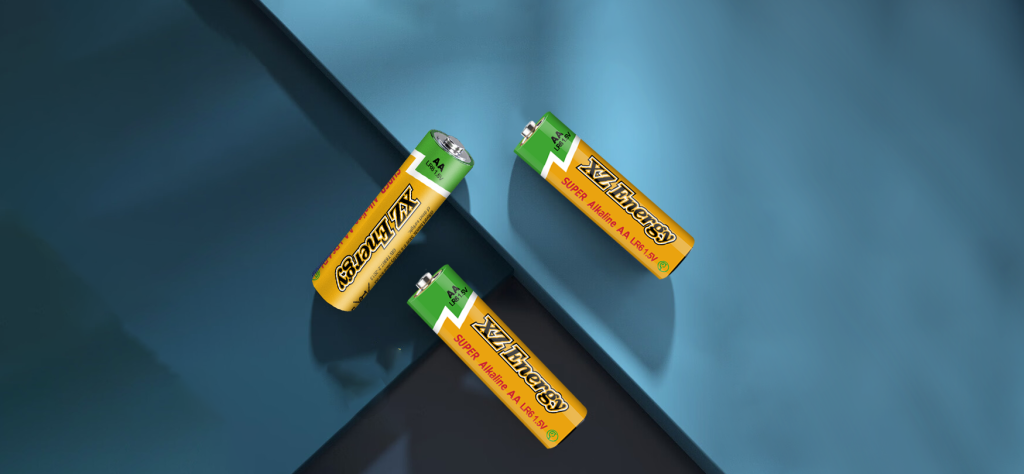Dry batteries, also known as zinc-carbon or alkaline-manganese batteries, are a common power source widely used in various electronic devices in our daily lives. Their working principles and structure make them a convenient source of electricity, especially for portable devices.
Definition and Types of Dry Batteries
Dry batteries are primary batteries, meaning they are non-rechargeable. Their internal structure typically includes a positive electrode (carbon rod), a negative electrode (zinc can), and an electrolyte. The electrolyte is usually a paste-like substance, mainly composed of ammonium chloride and starch, which prevents the dry battery from leaking liquid during use.

Common Types
- Zinc-carbon batteries: This is the most common type of dry battery, with a typical voltage of 1.5V, widely used in remote controls, flashlights, and other small electronic devices.
- Alkaline batteries: Similar to zinc-carbon batteries, alkaline batteries have a voltage of 1.5V and are suitable for low-power devices.
- Nickel-cadmium (NiCd) and nickel-metal hydride (NiMH) batteries: Although these batteries are rechargeable, they are sometimes referred to as dry batteries, with a typical voltage of 1.2V.
Working Principles
The working principles of dry batteries are based on electrochemical reactions. When the battery is connected to a circuit, a chemical reaction occurs between the positive and negative electrodes, generating an electric current. Specifically, zinc acts as the negative electrode and reacts with the ammonium chloride in the electrolyte, releasing electrons. These electrons flow through the external circuit, forming the electric current.
Advantages and Disadvantages of Dry Batteries
Advantages
- Portability: Dry batteries are small in size and lightweight, making them easy to carry and use.
- Plug-and-play: They are convenient to use, requiring no charging, and suitable for short-term use.
- Wide application: Suitable for various small electronic products, such as toys, flashlights, and more.
Disadvantages
- Single-use: Dry batteries cannot be recharged after discharge, limiting their lifespan.
- Environmental pollution: Traditional dry batteries may contain heavy metals, and proper disposal is necessary to minimize environmental impact.
- Performance limitations: In high-power devices, dry batteries often perform less efficiently than rechargeable batteries.
Conclusion
As a convenient power source, dry batteries, despite their limitations in use, remain an important part of our daily lives due to their portability and ready-to-use nature. With technological advancements, more environmentally friendly and efficient battery alternatives may emerge in the future, but the basic principles and applications of dry batteries will continue to exist in our lives.
